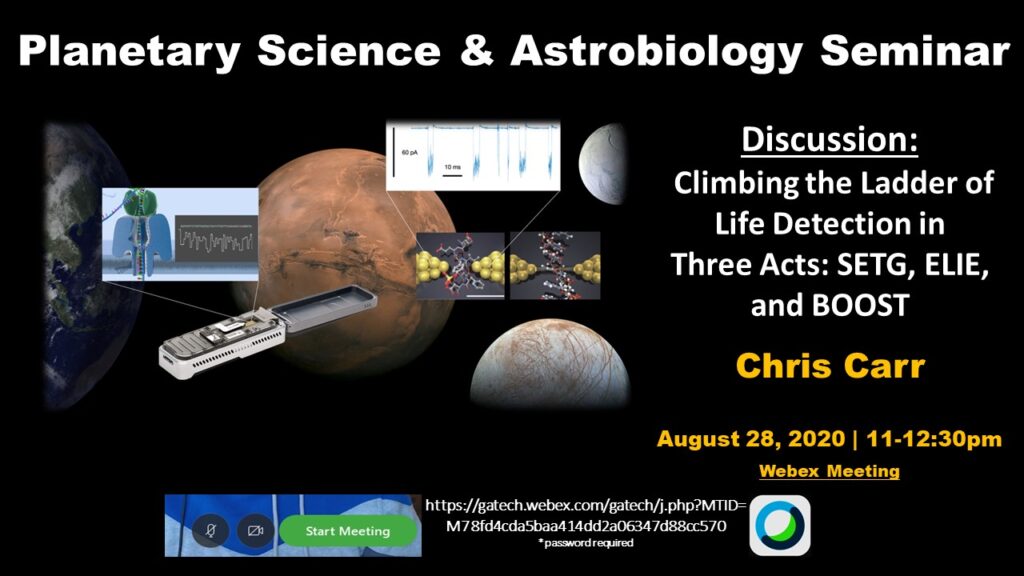Recipe for a Habitable Planet
The discovery of numerous small exoplanets has brought the search for life beyond the Solar System into sharp focus on many potentially habitable worlds where life may exist. However, many factors
and processes can affect planetary climate and habitability, most of which are currently unconstrained by observations, and their effects must be understood to accurately determine a planet’s habitability potential and prioritize planets for observational follow-up. Professor Shields will describe the methods used by her research group to quantify the effects on planetary climate of a range of factors important for planetary habitability, and share recent results from this work, which demonstrates how the unique interactions between a star and a planet’s atmosphere and surface can produce either a recipe of successful ingredients for habitable surface conditions, or one that reveals less favorable planetary prospects for life.











